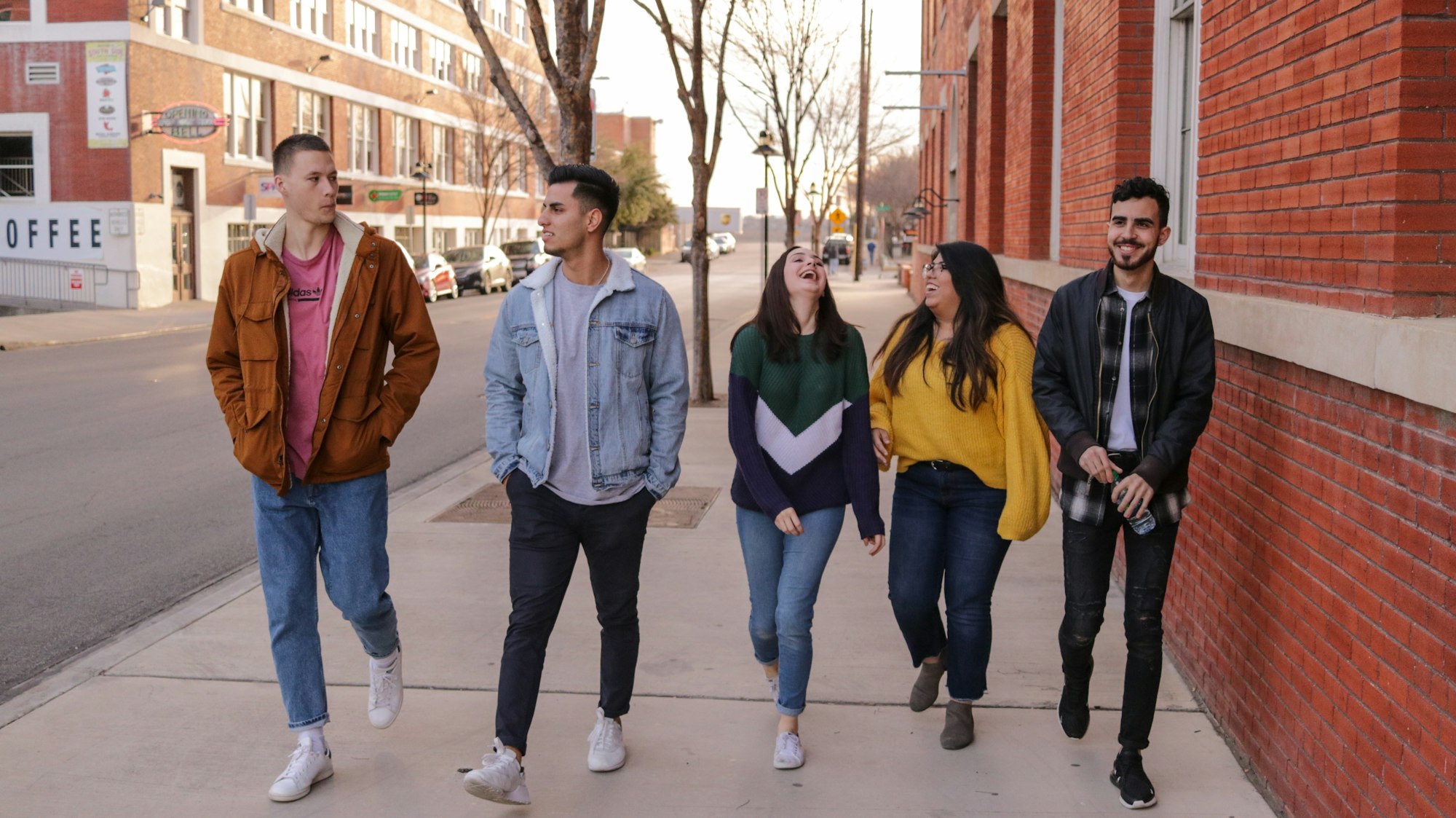Last week, California lawmakers approved bipartisan legislation establishing a new $35 million program to provide a guaranteed income to former foster youth to help with living expenses. The program could become a model for other states as lawmakers look to help at-risk youth make the challenging transition to adulthood.
Writing for The Imprint, Elizabeth Emon summarized the new program:
“In a historic move to support young adults raised by the government, a monthly check of up to $1,000 — with no restrictions and no strings attached — will be sent to thousands of California foster youth once they leave the state’s custody, guaranteeing them the first statewide universal basic income.”
The program passed with unanimous, bipartisan support and will also provide monthly support to pregnant women. Approximately 2,500 former foster youth are expected to receive the monthly benefit. Emon interviewed one former foster youth who applauded the new legislation:
“It’s so amazing,” said Veronica Vieyra of San Jose, a former foster youth and college graduate who received a monthly $1,000 payment as part of a universal basic income pilot program in Santa Clara County...She said the benefit “has now become the one helping hand youths are in search of when feeling lost or alone after exiting the foster care system.”
Helping former foster youth avoid bad life outcomes
A guaranteed monthly income could help former foster youth successfully achieve independence and avoid living on the streets or other bad outcomes. Tim Keller and I looked at the big challenges facing former foster youth when they leave the system our recent report recommending cash accounts to help with the transition:
“Children aging out of foster care enter adulthood with few of the safety nets typical teenagers may take for granted. These young adults often don’t have grandparents to give them a used car or a savvy cousin to help them navigate the college admissions process. Most importantly, children who age out typically do not have parents willing or able to help them financially when the rent is due, the refrigerator is empty, or the cell phone company threatens to shut off service.
As a result of these significant disadvantages, youth who age out of foster care often succumb to poor life outcomes. They are significantly more likely to become homeless, unemployed, or incarcerated than the general population. Frighteningly, most human trafficking victims were formerly in foster care…”
Why cash accounts will help
For decades, national and state policymakers have tried to help youth aging out of foster care by extending the time they can remain in the system or providing government benefits such as housing assistance or education and job training vouchers. But these benefits don’t help former foster youth to pay for basic living expenses.
Tim and I urged federal and state policymakers to establish “fostering independence accounts” to provide cash assistance while helping former foster youth stay connected to the child welfare system and avoid the streets.
“Congress can incentivize states to experiment with FIAs by allowing federal funds to offset the state cost of creating FIAs, thus building upon past bipartisan congressional efforts to ensure that youth aging out of foster care can achieve successful independence in adulthood. States could create and oversee FIAs, not only to help youth as they transition from state care to independent living, but as a means of maintaining a connection with these young adults. This would increase the likelihood they would take advantage of other services, such as federal education and job training vouchers, and avoid negative outcomes, such as homelessness, incarceration, or becoming a victim of trafficking.”
Beyond helping former foster youth achieve independence, fostering independence accounts could also be used to protect foster children’s Social Security benefits from greedy state child welfare agencies that have been taking their money from them, as we explained in a follow up article for FREOPP.
Encouraging evidence from Santa Clara County’s pilot project
California’s new program follows an earlier pilot project by Santa Clara County to provide a guaranteed income to 72 transition age foster youth. Launched in 2020, this program provided $1,000 a month to the former foster youth as well as free financial mentoring. A recent County Executive report highlighted promising findings based on a voluntary survey of the participants. For example, more than half took advantage of the financial mentoring program and a voluntary survey revealed that participants were grateful for the support:
“When asked open-ended questions about the impact of the funding and plans to maintain their current lifestyle after the pilot ends, respondents reported that the funding has allowed them to cover basic expenses and some savings. Many hope to save enough during the pilot to maintain stability after the pilot ends.
For those participating in financial mentorship, they have reported significant increases in their credit scores, a feeling of empowerment to obtain financial resources, and one youth was able to establish and meet a savings goal for a down payment on a house.”
In June, Santa Clara County extended the program based on the encouraging results so far.
California’s program will become a model for the nation
Based on Santa Clara County’s experience, California’s new statewide guaranteed income for foster youth will likely become a model for states and communities across the nation. The legislation passed with unanimous support, showing the strong bipartisan interest in helping foster youth navigate the challenging transition to independence in adulthood. State lawmakers across the country should be looking to start similar programs in their communities soon. That will be great news to the more than 23,000 children who age out of foster care every year.

